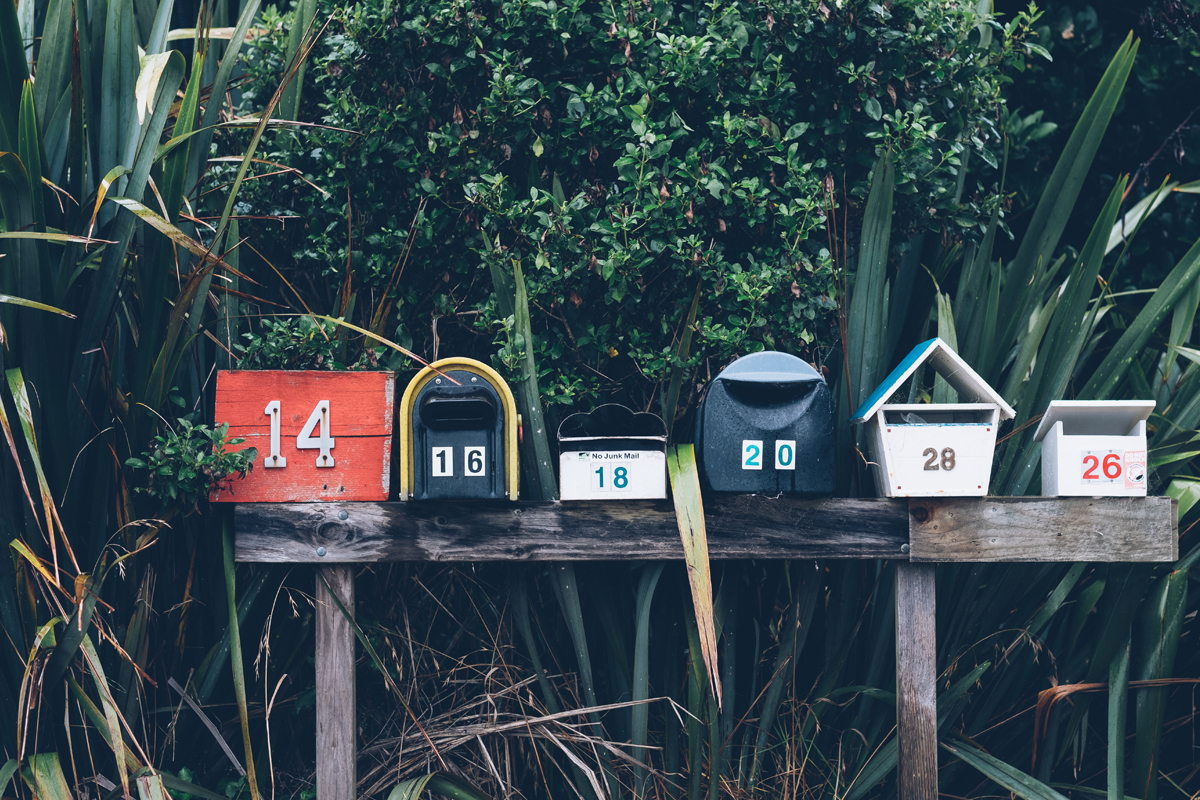Rejection is never fun – especially when it’s a rejection of a piece you’ve worked long and hard over. Whenever another “thanks, but no thanks” lands in your inbox it’s tempting to wonder if your story, poem, script, chapbook, or novel is just… no good.
But – most of the time at least – that’s not what a rejection actually means. Nine times out of ten it’s no reflection on the quality of the work, and might instead be due to a myriad of other factors.
I read dozens of submissions each week that I love, and agonise over turning down. Very, very rarely do I think a piece is just “bad”. Here are a few of the more common reasons for rejection…
It’s too similar to an existing piece
Your piece might cover a similar theme to a recently-published piece, or even tread the same ground as something already scheduled for a future issue.
Most editors have a good working knowledge of what’s already in their catalogue, and won’t want to publish too many pieces that are too similar in a short space of time.
It doesn’t hit the right note
Your piece is a great read. There’s nothing about it that needs fixing or changing – it’s polished to perfection – but it’s also not quite the right flavour for the particular magazine, website or journal you sent it to.
Most magazines have a tone or aesthetic which governs the work they publish, and without knowing the magazine very well indeed it can be easy to miss the mark. This is by far the number one reason pieces are declined for publication. There’s nothing wrong with them – they’re just not a good fit.
It’s not quite finished
Sometimes a story or poem really grabs your attention… but doesn’t quite hold it. When reading submissions I encounter a lot of pieces that are built around brilliant ideas or which start out incredibly strong, but lose focus halfway through.
These pieces tend to feel as though they run out of road rather than ending. Often they’re very close to what I’m looking for, but need at least a few more rounds of editing before they’re complete.
It’s difficult to access
If your submission is rife with spelling errors, terribly formatted, sent in an obscure file format that can’t easily be opened, or is otherwise a bit of a mess, any editor who reads it will likely start out with a negative impression.
Don’t give yourself extra obstacles to overcome by sending a messy manuscript or a typo-laden covering email. Read submission guidelines, use standard formats, and take a moment to check over your work and your cover letter before sending.
It doesn’t fit the guidelines
When reading a magazine’s guidelines it’s tempting to think that being a few words over the stated word limit, being off-theme, or ignoring one or two minor points won’t hamper your submission. This usually isn’t the case.
Guidelines aren’t arbitrary. Sometimes, for example, word counts are there because there’s not enough space to publish anything longer! Make sure to read the guidelines (and read the magazine) before you submit to give yourself the very best chance of publishing your work there.

